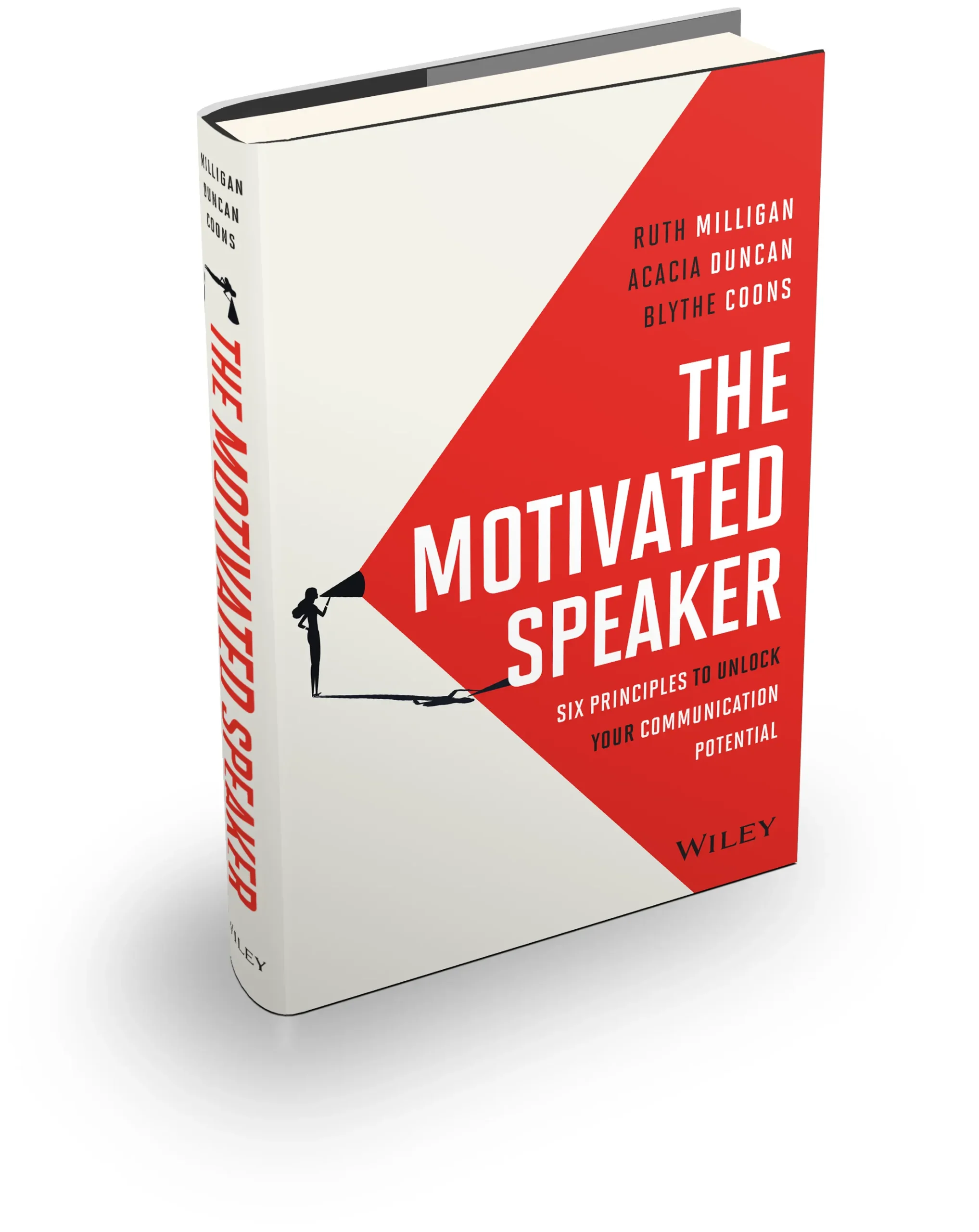Pitch competitions (a la the famous Shark Tank) aren’t just for gaining investment.
Ok, that sure, is the first and most important reason to engage in one. But as I was reminded (again) they are as spectacular for developing the rigor of storytelling. (I’ll submit this as my first example of how to build a great storytelling culture.)
As Internal Pitch Competitions become more popular, make sure to think of their benefits beyond the prize winnings. Our client engaged us to do just that and the results have been notable.
We were asked to coach six teams that made the finals for the internal pitch competition that a global gaming company conducted. The business unit (analytics) wanted to spice things up. Business is good but, innovative ideas didn’t have routine traction in their unit.
So they invited anyone to submit an idea that extended an existing innovation, disrupted one or introduced an entirely new one. Anyone person or team (existing or new) could apply.
They had three weeks to submit a written narrative for the internal pitch competition. Some chose to be concise and others submitted whole decks. They just had to make their idea very clear.
Of the ideas submitted (I heard there were 60- a win for the division to spark great thinking)- six were chosen to move forward for the final pitch in front of a cross-discipline panel of judges.
The winner would get “a material investment.” Since it was their first time doing it, they wanted to make sure the applicants knew it was a real pitch- but the judges didn’t want to be constrained with what investment was possible if they saw a killer idea.
We decided in the short turnaround (essentially, six weeks with the holidays in the middle), we’d remove the requirement for a full business plan (i.e. financials) to be included. The promise was that if the idea won, the team would still need to iterate a complete projection, staffing plan and anticipated ROI.
Steps to a Successful Pitch in an Internal Pitch Competition
The exercise then focused on the need (the why) and the idea (the what) and because the pitch was only five minutes (with five minutes Q&A), the details of execution (the how) would be incredibly brief.
1. Affirm the Idea
Our first step was to affirm the idea. So we conducted a round of calls only to do that.
The question they were to address: “If the judges heard nothing else, what do you want to leave them?”
2. Create the 10-point Pitch
In the second step, we instructed them to use a more traditional 10-point pitch outline and make them all fill it out. Complete with word limits. Yikes! First major hurdle. This way, the judges could have an apples to apples pre-read before the pitch. This replaces the “deck” being the pre-read, which is a topic really for a whole other blog post.
So then it became a math game. If you think about a five-minute pitch being about 600-750 words (we speak about 100-125 words a minute, 150 if speaking fast) their next challenge was to take those 2500 words from the outline and build a story that could be delivered in five minutes. Next hurdle!
3. Build the Audience into the Equation
The exercise for each of the teams became very different, if it hadn’t before this point.
They had to build their audience into the equation. What did they already know? Care about? Understand? In other words, how much context was needed. If the audience didn’t need context- that meant more time for the meat of the idea.
What metaphors could help accelerate understanding and cut down on time? How could a quick analogy bridge understanding for an otherwise complex idea?
But most importantly: was their “why” most clearly pictured? How could they bring a developer, analyst, player or engineer as characters in the story explaining their challenges to which this idea would help overcome?
4. Keep it Short by Saving the How
And lastly, we worked with our six presenters to help them edit their content as to not exceed their five minutes. Most common strategy: Keep some of the “how” to be explained in the Q&A if the judges had interest.
Next week these six teams will get their chance to present in front of the judges and a few hundred other execs and associates.
But the journey to that day has already proven productive. Each team has had an intense experience in content framing, storytelling, prepping for time, designing compelling visuals and supporting the lead presenter (only one is allowed per team for the pitch; all team members can be a part of the Q&A).
May the best team win the “material investment.” But my guess is all of them have won in the experience getting to the pitch.
Stay tuned!


